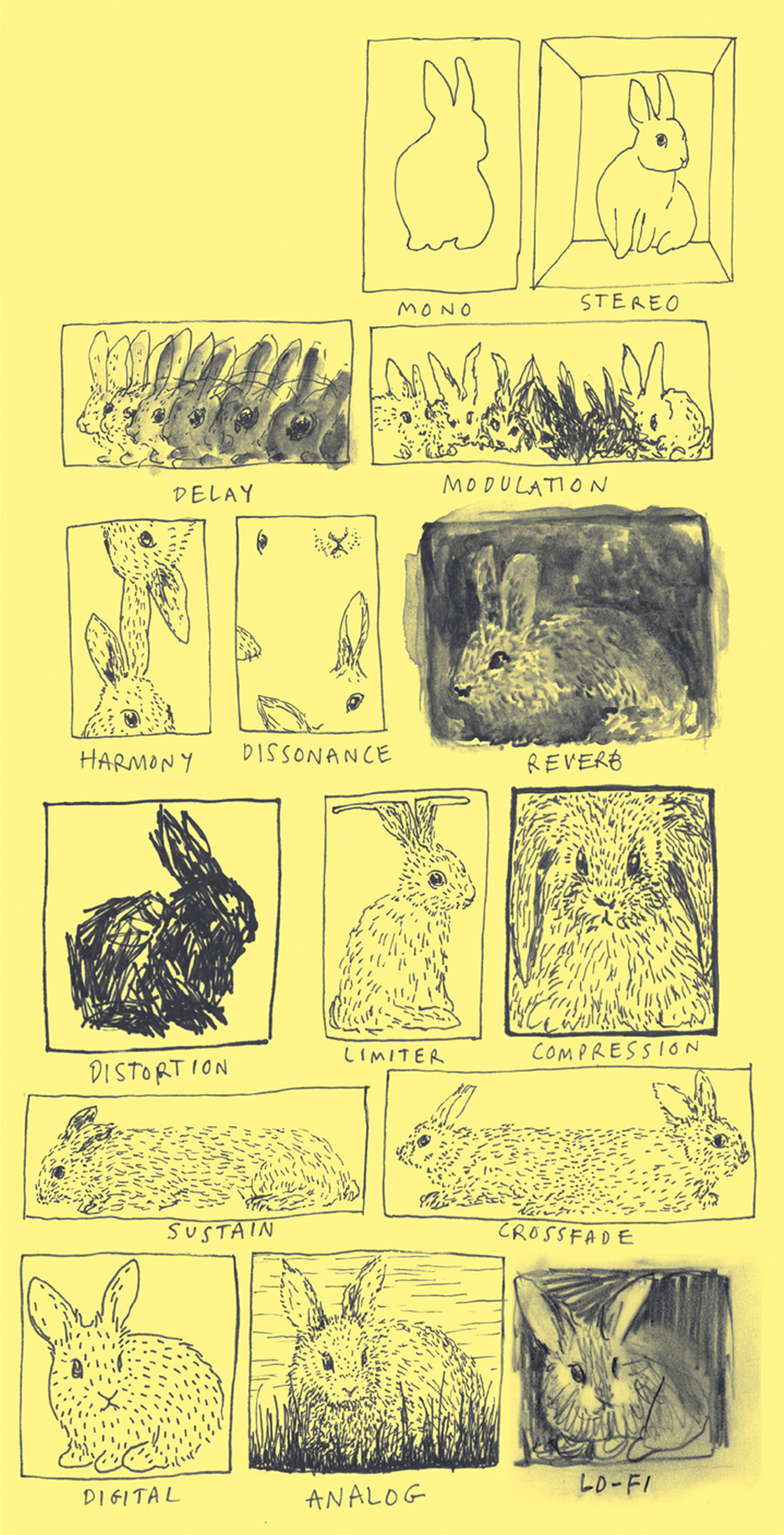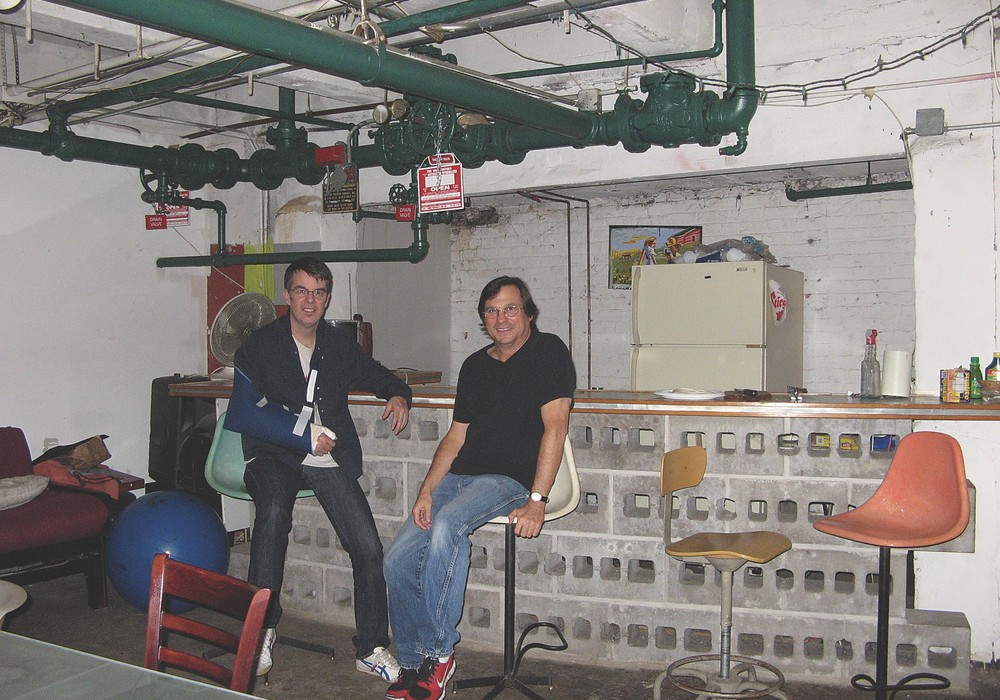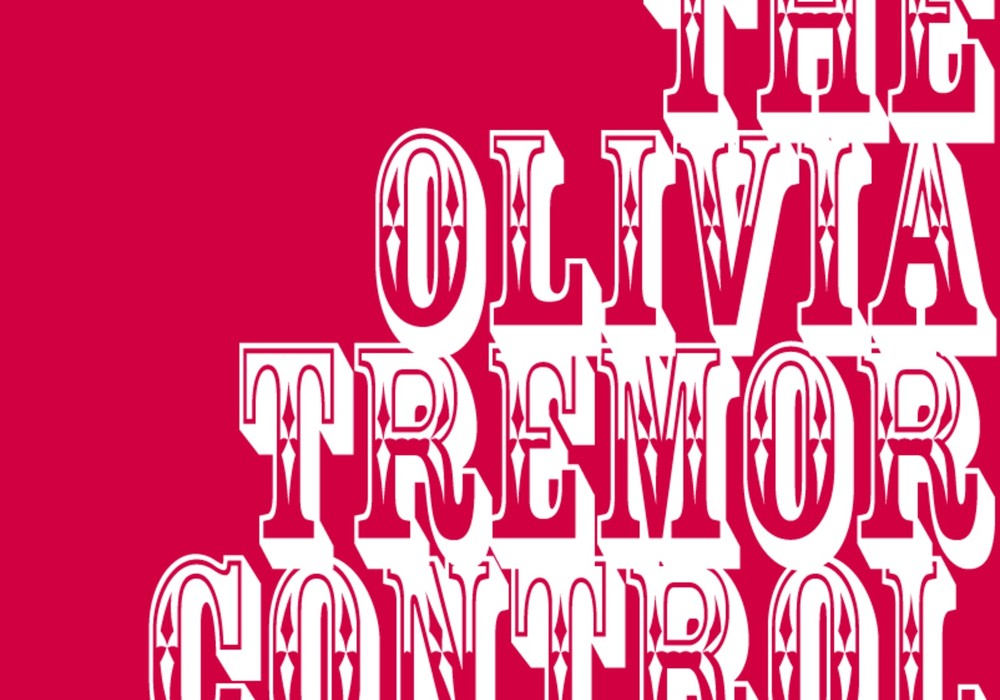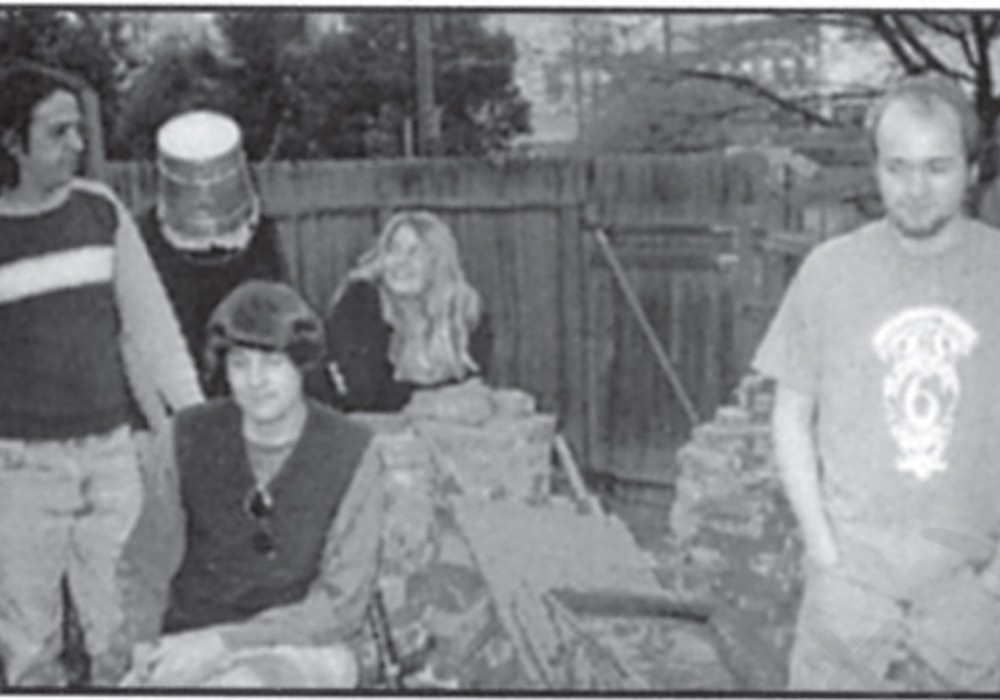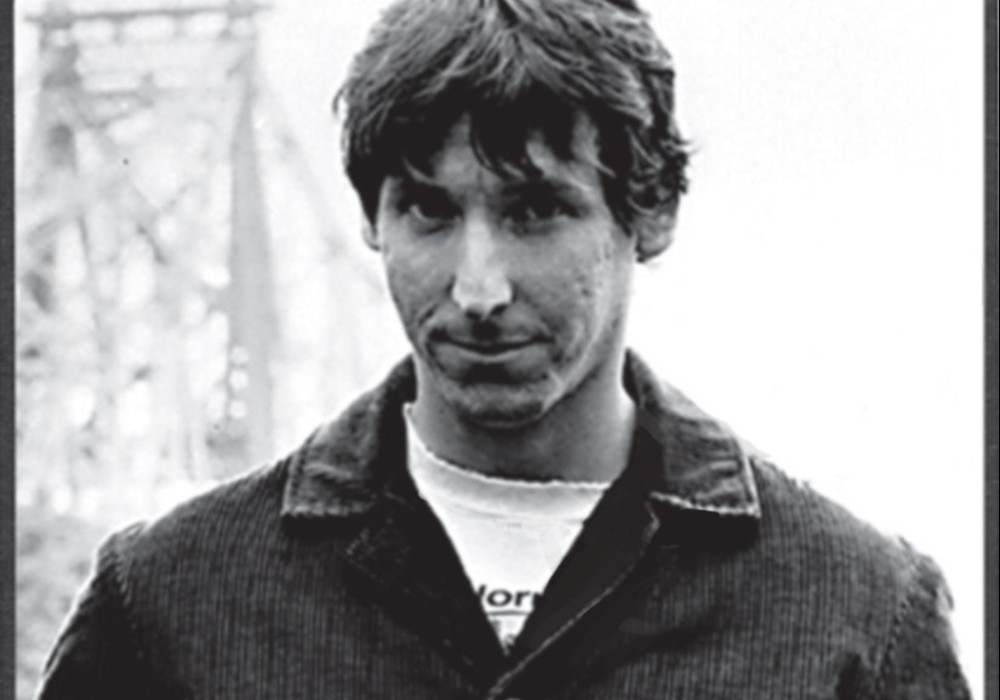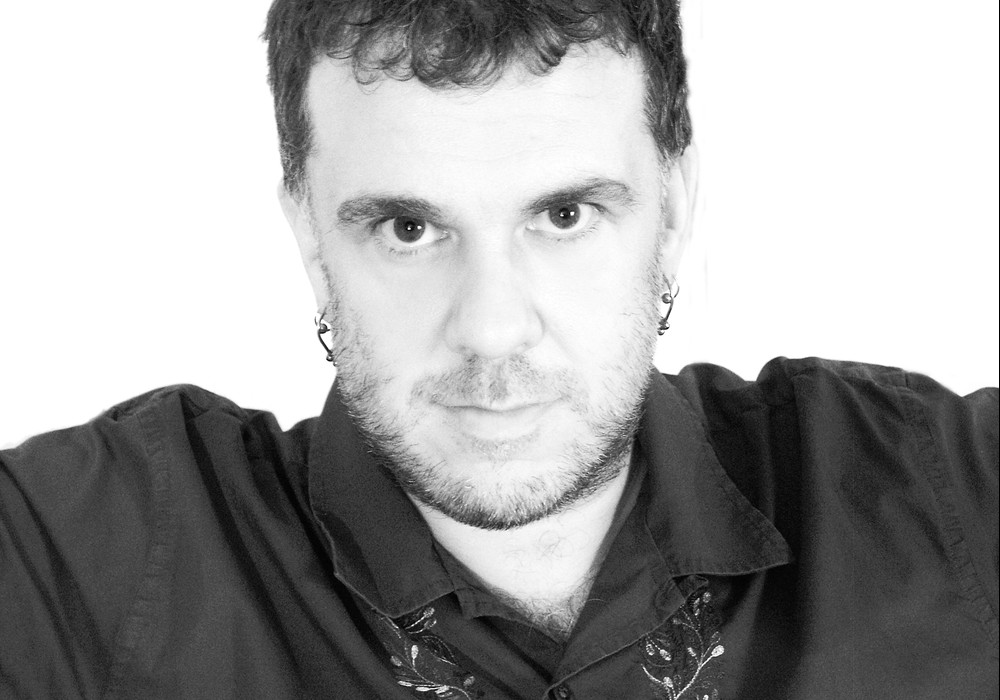We talked to Jacquire King briefly in Tape Op #45 when he was working with producer Eric Valentine, but in the seven years since that time Jacquire has been involved with an impressive roster of albums as a producer, engineer and mixer. With a discography including Tom Waits, Modest Mouse, Kings of Leon, Mutemath, Josh Ritter, Mike Doughty, Norah Jones, The Features, Cold War Kids, Tim Finn and the Punch Brothers, he's pulling the truth out of some of the best music happening today. I interviewed Jacquire in Nashville in front of a room of like-minded recording folks at the third annual Recording Summit at Welcome to 1979 Studio.
Audience Member: Not to take a tangent but would you like to discuss your experience with recording upright bass?
Typically a [Neumann] U 48 is the best on bass. My bass choices for this particular project [Punch Brothers' Who's Feeling Young Now?] was an RCA 44. I also used this little green military mic — I don't even know what it is — because it was a very mid rangy, ugly aggressive microphone. I typically like to mic somewhere around the bridge. You just really have to listen — all of those instruments are really different. Sometimes near the F hole or lower can be really flattering. It all depends on how they are playing.
Or if they are playing pizzicato, arco, long notes bowed or busy fingered.
On the Tom Waits stuff there was a [Neumann] M 49 down low and a [Neumann] M 582. The M 49 down on the bottom of the body near the F hole to kind of get the warm tone of the bass then the 582 to kind of get the articulation
AM: Is that a small diaphragm?
Yeah it's a Neumann Tube condenser. I guess you would call it a small diaphragm.
AM: Would you put one above the ribs?
If I put a microphone up there I would try and keep it more towards the fingers-bridge, kind of near where the more plucked articulation is. Another thing you can do on an upright bass is — and you can do this on a kick drum — move your finger across it and you can find where there is a node on it. It's where the surface is vibrating the least, and that's where I put the contact mic on the upright bass in this particular instance. If you find that spot, that's kind of the most transparent place, 'cause it is the area that is responding the least to the acoustic energy and so it is going to be the least colored. Not being too obsessed about gear — after owning a bunch of Pro Tools rigs and collecting gear and being very obsessed with it for a very long time — I sort of at a point made a very conscience effort to not care as much. I found that it was standing in the way of my ability to make creative decisions. Focusing too much on what the rules are and the proper way that you should use something, or the respect I should have for something, like, "This is a Pultec!" I should not treat it like it's a Tascam, but it's like; I don't really care. For me personally that was kind of a big thing. Coming from an engineering background, that's the way I taught myself; to care and read a bunch of stuff and talk to a bunch of people and observe. After a while you can listen to a record and you can tell what kind of microphones they where using and what equipment there is. Going into a place like Blackbird Studios, you don't want for anything there. You go into most situations and it's like, "Okay. I have three really good large diaphragm condensers. This is what I have to record. Where are they going to make the most sense? How am I going to put the picture together? How am I going to use what I have at my disposal to capture what it is that I'm going to do in a way that's flattering?" That's a lot of fun.
I know you do all the mixing for these projects on your home setup lately, and given that a lot of these records are high enough profile that there is decent budget and hopes and fears hinging on these records from labels and artists, is there resistance to saying, "I'm going to take this home and mix it?"
Nope.
That's kind of awesome
The result is good so there is no real arguing with it, I guess. My mixing sessions are almost all unattended. I do it all on my own and send it out. I would say 80% of the time it is just a few small comments. I...
